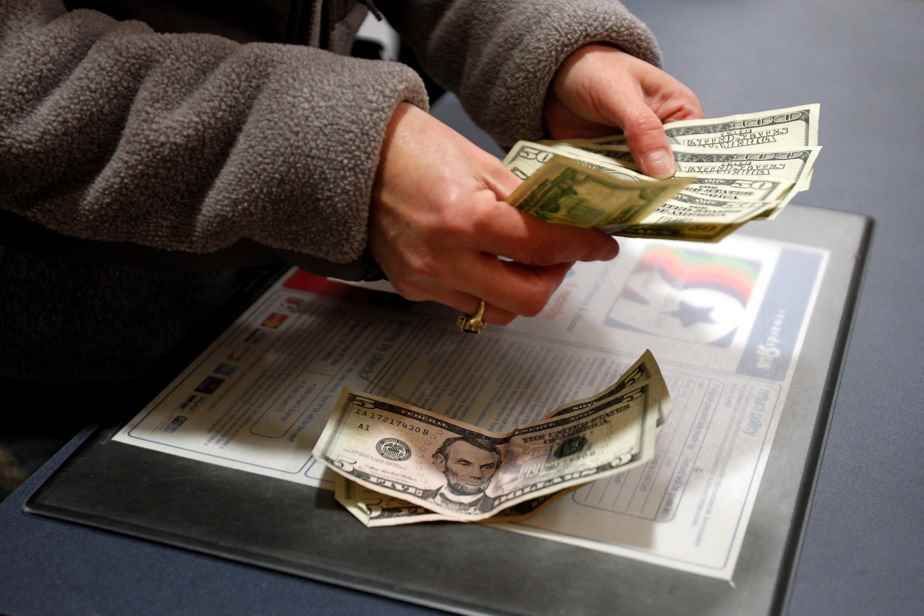(Washington) Consumer prices resumed their escalation in May in the United States, breaking a new high in 40 years, and US President Joe Biden called for more, and faster, to control this high inflation.
Updated yesterday at 3:56 p.m.
Consumer prices jumped 8.6% year on year, from 8.3% last month, according to the Consumer Price Index (CPI) released Friday by the Labor Department. The rise reached 1.0% over one month after +0.3% in April.
“We must do more – and quickly” to slow inflation, Joe Biden said in a statement, recalling that it was his “economic priority”.
These figures are bad for Joe Biden a few months before a crucial electoral deadline, which will see the renewal of a large part of the elected representatives of Congress.
“My administration will continue to do everything in its power to bring down prices for the American people,” he pledged, also calling on Congress – the US Parliament – to quickly pass legislation to prevent shipping carriers to inflate prices.
Government, Congress, central bank: “we all have our part to do to reduce inflation”, he underlined.
He also attacked the American oil giants, so that they “not use the difficulties created by the war in Ukraine as a reason to make things worse for the families with excessive profit taking or hikes. price “.
“Exxon has made more money than God this quarter”, then joked the American president after a speech at the port of Los Angeles (California), again reproaching the tanker for not pumping more oil, which could drive prices down, for the simple purpose of boosting its profits.
Midterm elections
The Republican opposition accuses the Democratic president’s economic policy of being inflationary: “in Joe Biden’s America, basic necessities have prices of luxury items”, according to the president of the Republican National Committee (RNC) , Ronna McDaniel.
Housing, gasoline, plane tickets, food, new and used cars, but also medical care, clothing, the increase was general, dampening hopes of a lasting slowdown in inflation, which began timidly in April.
“The higher inflation numbers reflect a continued confluence of factors,” said Kathy Bostjancic, chief economist for Oxford Economics.
Supply difficulties, which began with the COVID-19 pandemic, have driven up prices around the world, a movement accentuated in the United States by a shortage of labor, while generous financial aid from the government stimulated demand.
The war in Ukraine has exacerbated the phenomenon, driving up gasoline and food prices.
Inflation compared to May 2021 is thus 34.6% for energy – the largest increase since September 2005 – and 10.1% for food – the largest increase since March 1981.
Dry pans
While Americans are very dependent on their car, and often favor fuel-guzzling models, gasoline prices are breaking new records every day, reaching an average of 4.986 dollars per gallon (or 4.55 liters) on Friday, against $3,073 a year ago (+62%).
It even boosted requests for assistance for fuel shortages by a third in April, according to data from the AAA motorist association, cited by the Washington Post.
Excluding energy and food, so-called core inflation, however, was stable over one month, at +0.6%, and even slowed down over one year, to +6.0%.
This situation should convince the US Central Bank (Fed) to tighten its key rates further next week at its monetary committee meeting.
The institution is on the move, its main lever being to curb demand from consumers and businesses, via key rate hikes.
It has already raised them twice, by a quarter point and then by half a percentage point, to the range of 0.75 to 1.00%.
The fight against inflation could weigh on the US economy, even raising fears of a recession. Unemployment could rise again.
“Should we fear stagflation? “, that is to say a prolonged period of low growth and high inflation, wonders Gregory Daco, chief economist of EY-Parthenon: “no, not in 2022, but the risks will be much greater in 2023”.
